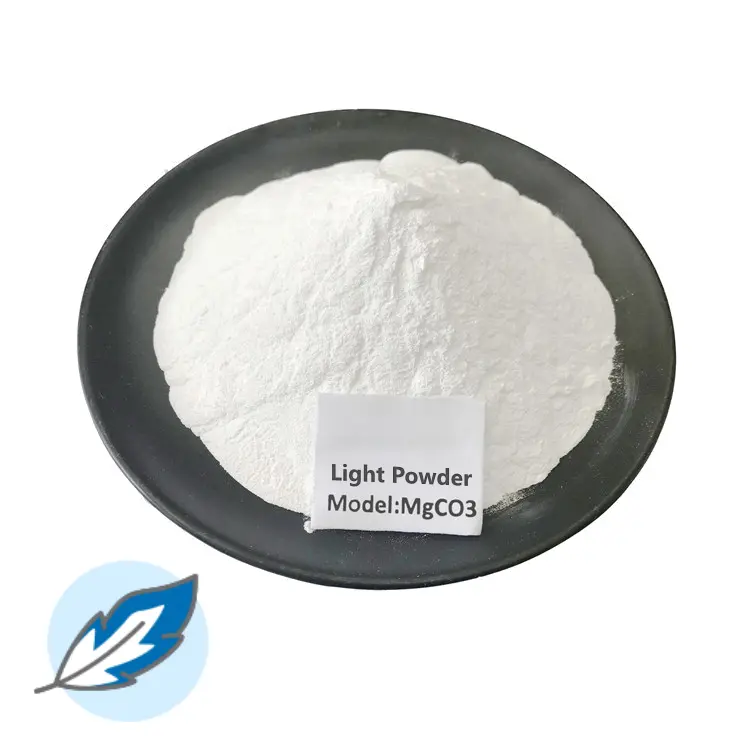Hebei Messi Biology Co., Ltd. stated that this article describes the application of redox method for iron removal in the preparation of magnesium carbonate, and examines the effects of reaction time, reducing agent, oxidizing agent, and complexing agent on the iron removal effect. Experiments show that under optimal reaction conditions, the iron content drops to 0.016%.
Basic magnesium carbonate is an important inorganic salt product with good filling and dispersibility, and can improve the tensile strength and wear resistance of rubber and plastic products. It is a good filler and reinforcing agent for rubber and plastic products. It can also be used as a filler in paints and coatings, toothpaste, cosmetics, medicine and other industries. With the rapid development of the national economy, the demand for high-quality magnesium carbonate is increasing year by year. Since the presence of iron and other metal impurities greatly affects the quality of magnesium carbonate, how to remove iron is an important step in improving the quality of magnesium carbonate. Chemical iron removal methods have been reported in literature at home and abroad.

High-concentration hydrochloric acid is used to remove iron, but magnesium carbonate decomposes in highly acidic conditions. Part of the domestic method is to add oxidants to remove iron in the form of Fe(OH)3 precipitation, but Fe(OH)3 precipitation is slow and difficult to separate, which brings great inconvenience to actual production. The other part is to add a reducing agent to reduce the ferric iron into divalent iron with better solubility to achieve the purpose of iron removal. Forms of iron such as ferrous iron hydrate are difficult to remove using the above methods.
Hebei Messi Biology Co., Ltd. stated that this experiment uses hydrogen peroxide to oxidize ferrous iron and simultaneously oxidize and remove organic impurities. Use a reducing agent to reduce ferric iron to ferrous iron, and then use a complexing agent to react with the iron, so that It is no longer oxidized to ferric iron and exists in the solution in the form of complex for removal. The experiment discussed conditions such as the dosage of oxidizing agent, reducing agent, complexing agent and reaction time.
